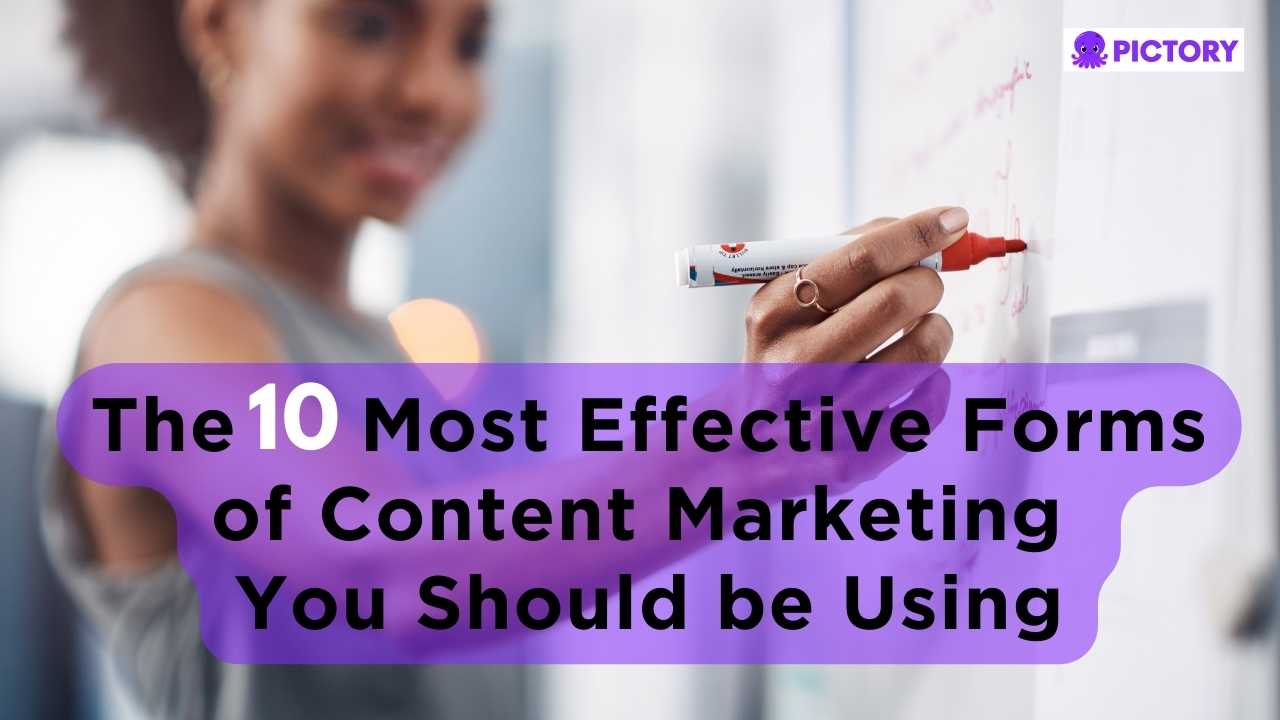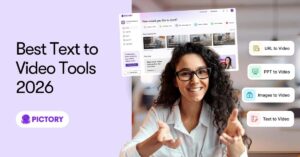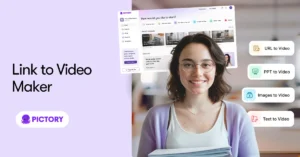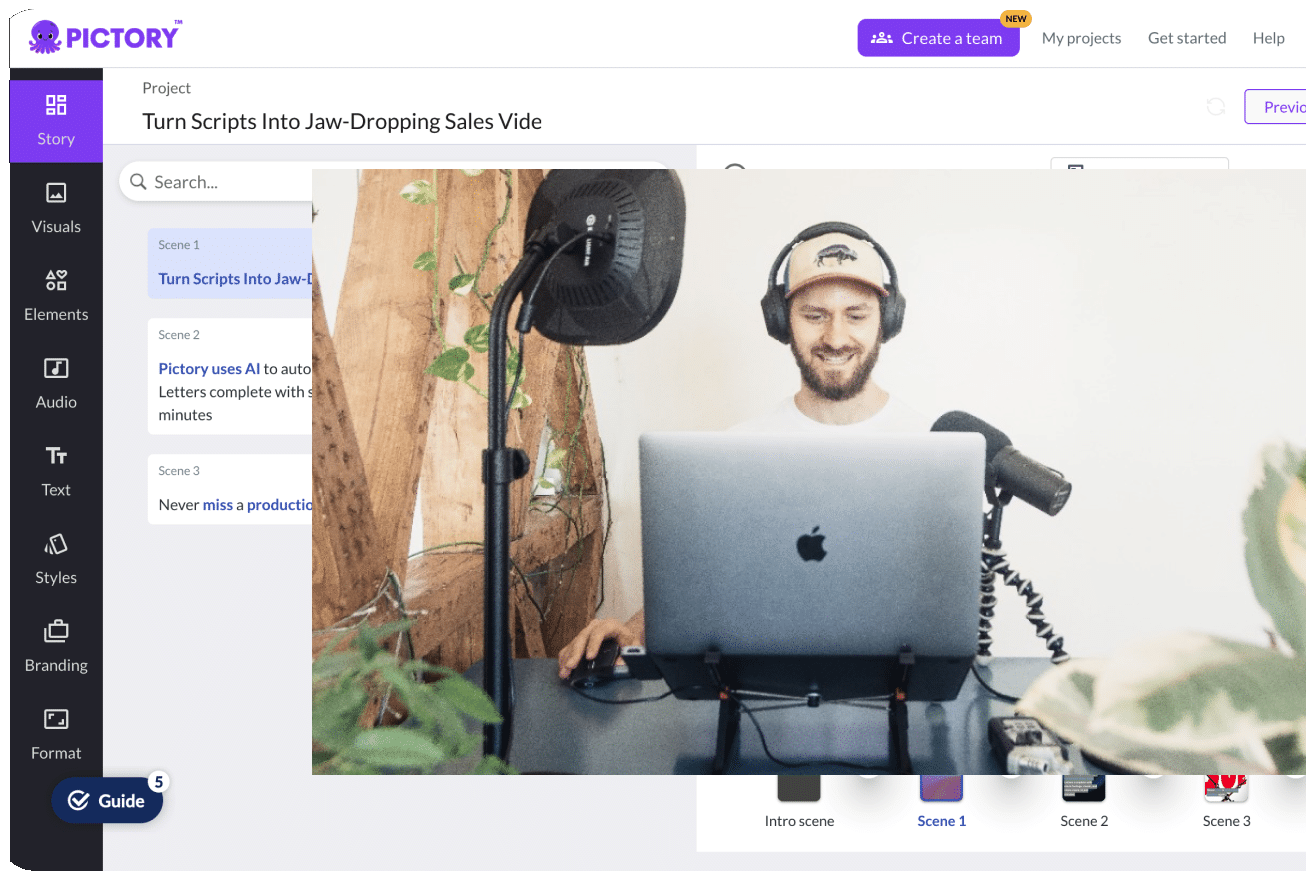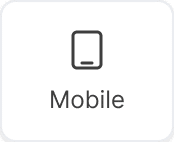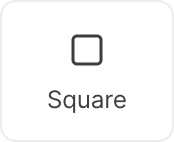A quick Google of a content marketing definition immediately raises the biggest issue many have with this side of digital marketing – how vast it is.
Content marketing includes any online material created and distributed by a brand to promote itself, but which forms of that content should you be focusing on?
We’re going to break down the 10 most effective forms of content marketing, examples of each, and insider tips on how best to use them for your business.
If you’re looking to build brand awareness and create more relevant content, then you’re in the right place.
The Four Main Types of Content Marketing
Content marketing can typically be broken down into four main types, each of which targets a slightly different part of the customer and sales journey:
Attraction
The early period of a customer first getting to know a brand is generally referred to as the awareness stage and requires a good degree of attraction content.
This kind of content, as the name would suggest, is all about attracting potential customers to your business.
Like flowers trying to attract bees, this content needs to be eye-catching with strong graphics and snappy headlines that will stop people mid-scroll.
Attraction content can come in almost any format, be it videos, blog posts, etc.
The defining factor isn’t how it’s presented but the intention behind it to increase brand awareness, especially amongst new customers.
Authority
The consideration stage is when content that demonstrates thought leadership is most useful.
Showing the expertise that your business has, and how you compare to competitors, helps establish industry authority which in turn, gives potential customers a reason to trust you.
The most important tip to remember with authority content is that subtlety goes a long way.
Demonstrating your business’s strengths doesn’t need to be a matter of simply listing accolades or declaring yourself the best.
Instead, showcasing your insight and knowledge through informative, helpful content can often be far more effective.
It’s also not worth stuffing content with jargon and complicated ideas as this will only alienate customers.
Instead, find ways to communicate your expertise through more accessible means that will make sense to your target audience.
Authoritative content may be about showing your authority, but it still needs to be customer-friendly if it’s going to have any positive impact in converting casual online followers or site visitors into paying customers.
Affinity
Affinity content often overlaps with authority content, but it has its own distinctions.
Instead of focusing on showing authority, affinity content is about demonstrating to customers the connection points between them and the brand.
For example, Patagonia has multiple blog posts on their site about various environmental issues.
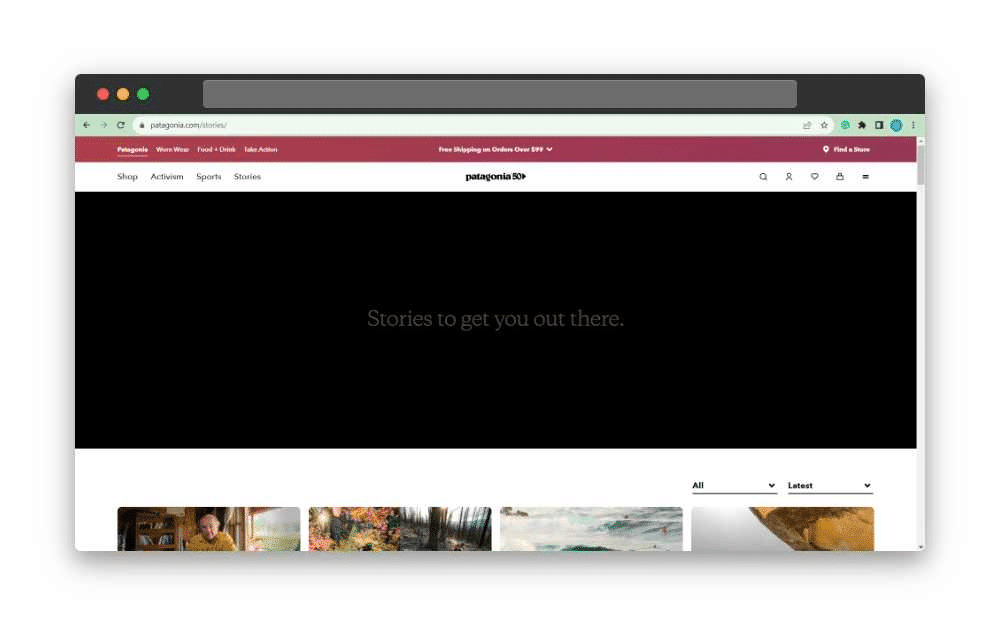
This is a major value point for them and, as a brand targeted to hikers and outdoor adventurers, is a way to connect with customers based on shared views and causes.
A blog post about a recently protected coastal ecosystem is as much an affirmation of their brand voice as it is a chance to show affinity with potential customers.
When creating affinity content of your own, make sure to highlight the value points that your brand has in common with its target audience.
Not only is it an opportunity to highlight your knowledge and perhaps imply authority, but it also makes customers feel as if they share something with a brand.
This in turn helps to convince them to purchase from you or use your services.
Action
While some content may be about trying to build relationships or demonstrate thought leadership, action content takes a more direct route to online marketing.
It’s overtly promotional and designed to encourage viewers to take some kind of action, usually clicking to purchase.
As an example, here’s a screengrab from a recent Glossier newsletter:
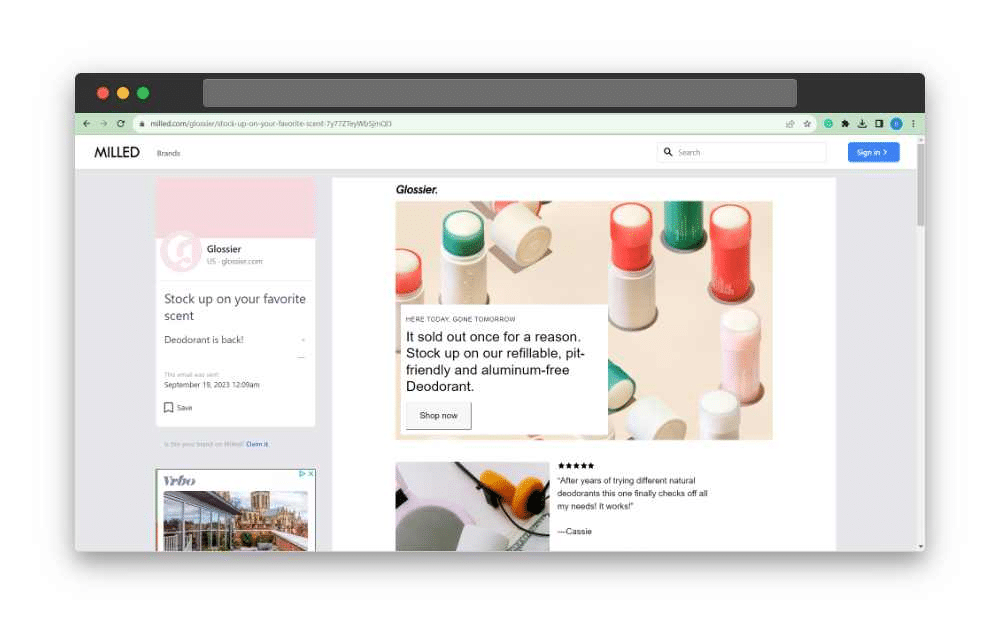
Sent with the subject line “Stock up on your favorite scent”, this is a classic example of action content.
Everything from the imagery to the text, to the “shop now” button is built around a clear action that the business wants customers to take.
Every successful content marketing campaign needs content like this.
It’s what often acts as the final push to convert browsers into customers and is highly effective at reminding previous customers to return to your brand.
The 10 Most Important Forms of Marketing Content
Each type of content marketing can take many different forms, each of which offers different advantages depending on your target audience and marketing goals.
From social media platforms to web content and paid ads, these are the types of content marketing that every business should consider using in their marketing strategy:
Content Form #1 – Blog Posts
Written content in the form of blog posts is vital to almost any content marketing strategy.
If your business has a website, then it probably needs blog posts.
Two aspects that blog posts are uniquely positioned to provide in terms of content marketing include:
Boosted organic web traffic:
Search engines rank websites based on the written content they find on a website or that which links to it.
The better-optimized blog posts are to search engines, the more likely they will appear in people’s searches and lead to organic traffic.
If you want to get clicks and fresh customers to your site, then the simple blog post may very well be one of the most important types of content marketing tools for you on this list.
Expanding the pages on your website and including text in your videos can help to follow SEO best practices.
Long-form content and how-to guides:
“Inbound marketing” is a term that gets thrown around a lot but really just refers to the creation of valuable content that is tailored to your target audience.
Blog content is one of the best forms of this content marketing approach as it’s one of the few formats that allows businesses to create more long-form and in-depth content.
For example, check out this blog post from Trader Joe’s in which they break down a list of accessible outdoor cooking ideas.
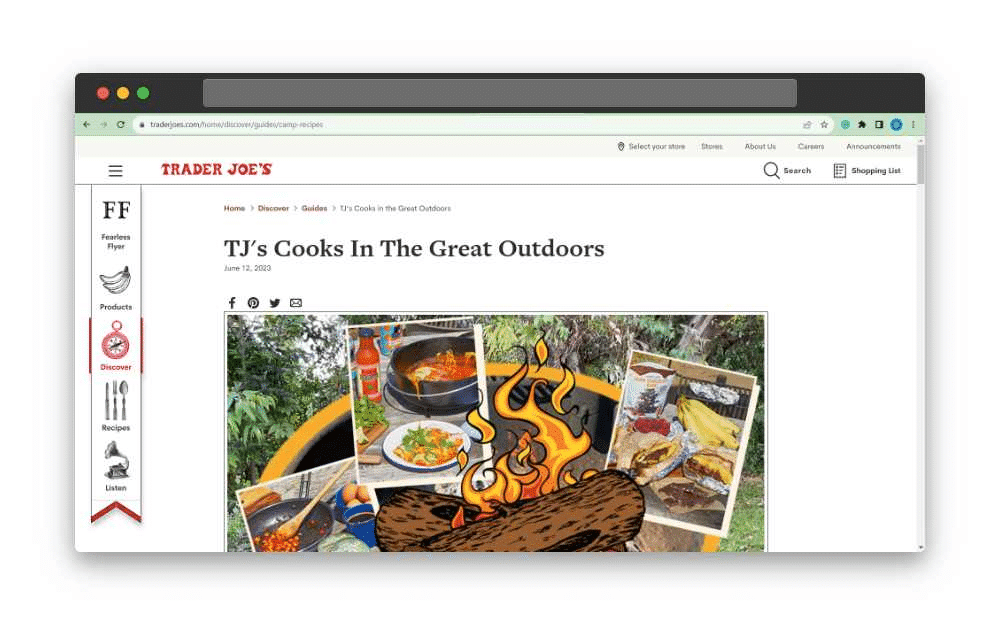
It brings together multiple pieces of information in a way that a short social media upload or even video wouldn’t have been able to adequately cover.
As such, this is one of the best types of content marketing to use when businesses are trying to give added information about their products and services.
With all this in mind, we’d recommend using blog posts in a content marketing strategy as an opportunity to attract organic traffic to your website from new customers, as well as provide in-depth valuable content that takes audiences deeper into your brand and product offerings.
If there are significant understanding issues that you’re finding with customers, a blog post is the perfect place to address them.
This helps position your offerings better, show your authority on a subject, and build connections all at once.
As you’ll come to see, the most effective content marketing efforts are usually the ones that offer more than one benefit to both your brand and your audience.
Content Form #2 – Infographics
Infographics combine text information with illustrative graphics and as such, are one of the best types of content marketing for businesses struggling to communicate complex issues to customers.
For example, this EPA article features an infographic that summarizes some of the most salient facts about water leaks in a way that is easy to understand and fun to look at.
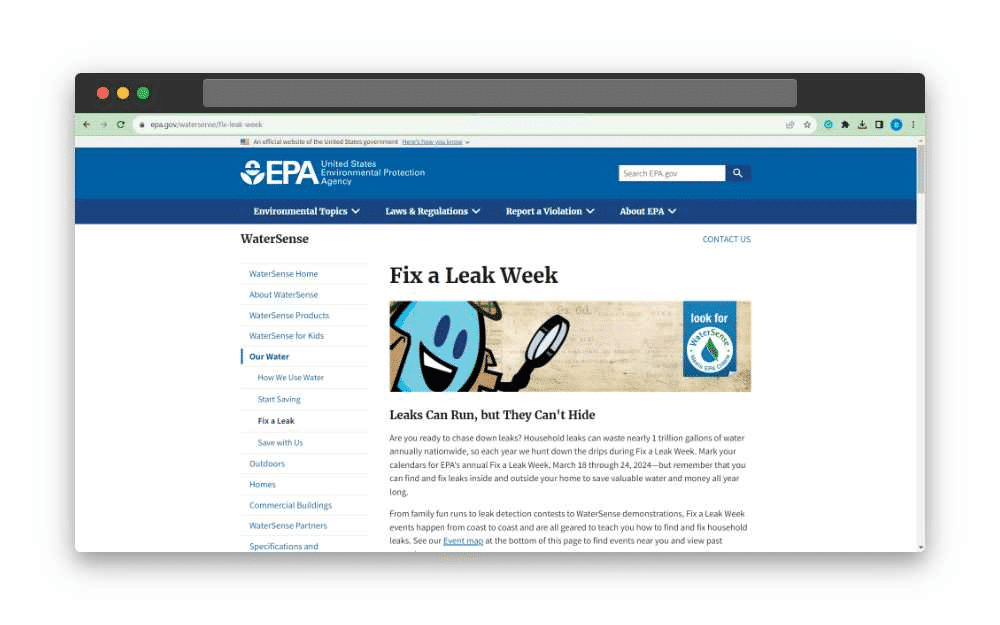
The way the EPA has used the infographic also points to a key aspect when it comes to this type of content: though it can be used singularly as a social media post, it’s usually included in other types of content marketing such as blogs or videos to fortify that content further.
The value of an infographic is in its ability to catch people’s attention and turn big pieces of information into smaller, digestible pieces of content.
Here are three quick tips to help you get the most out of adding infographics to your content marketing efforts:
Use color and graphics: Infographics work best when they’re visually compelling so make sure to use engaging colors and graphics.
Include branding: Though the point of most infographics is to summarize big pieces of information, it’s still a form of content marketing and as such, needs to include your branding.
When shared on social media, infographics are often shared beyond a brand if the information is particularly relevant.
Including strong branding then ensures that wherever that infographic goes, it’s promoting your business as well as your expertise.
Keep text short, sweet, and jargon-free: Large text chunks are a no-no for infographics.
Keep any text content short, sweet, and simply written.
Including jargon or too much industry-specific language will take away from the accessibility this kind of content marketing is intended to uphold.
Content Form #3 – Videos
In terms of industry trends, video content marketing has become a huge part of businesses’ content strategies.
In 2022, people spent an average of 19 hours a week watching online video content.
Click on any of the major social media platforms these days, from LinkedIn to Facebook, and you’ll immediately see how much video ads and content have taken over.
Users are 52% more likely to share video content than any other form of content marketing, making it one of the best ways to boost engagement, reach, and community.
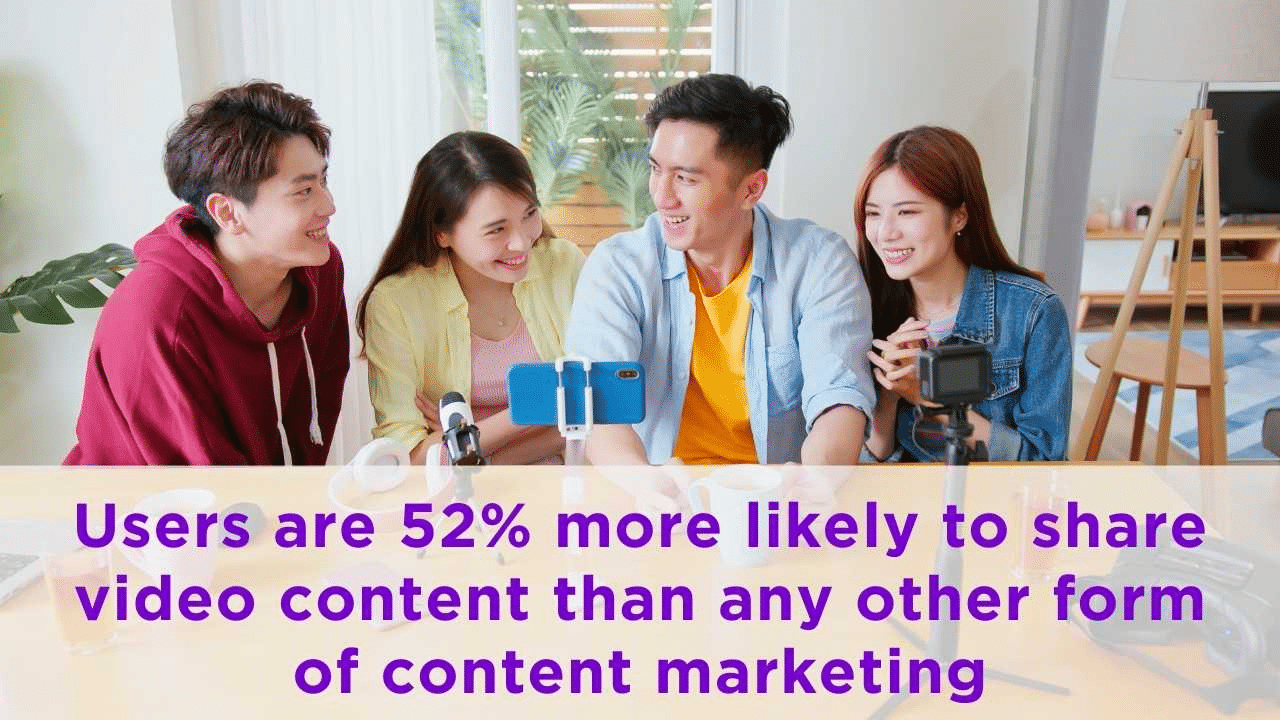
The possibilities of how video marketing can operate for a business are endless.
They can be used to convey large pieces of information, promote other types of content, and simply entertain audiences.
To show how differently videos can be used in content marketing strategies, let’s look at two examples:
Washington Post’s TikTok: To access a younger demographic within their target audience, the Washington Post has become a TikTok sensation with fun, snappily edited short videos that summarize some of their big news stories.
These videos essentially act as cross-promotional material to help drive traffic to their site and their other offerings.
Sephora’s YouTube Channel: The make-up chain uses their YouTube for in-depth introductions to brand founders featured in their store, tutorials on how to use products, and other educational material.
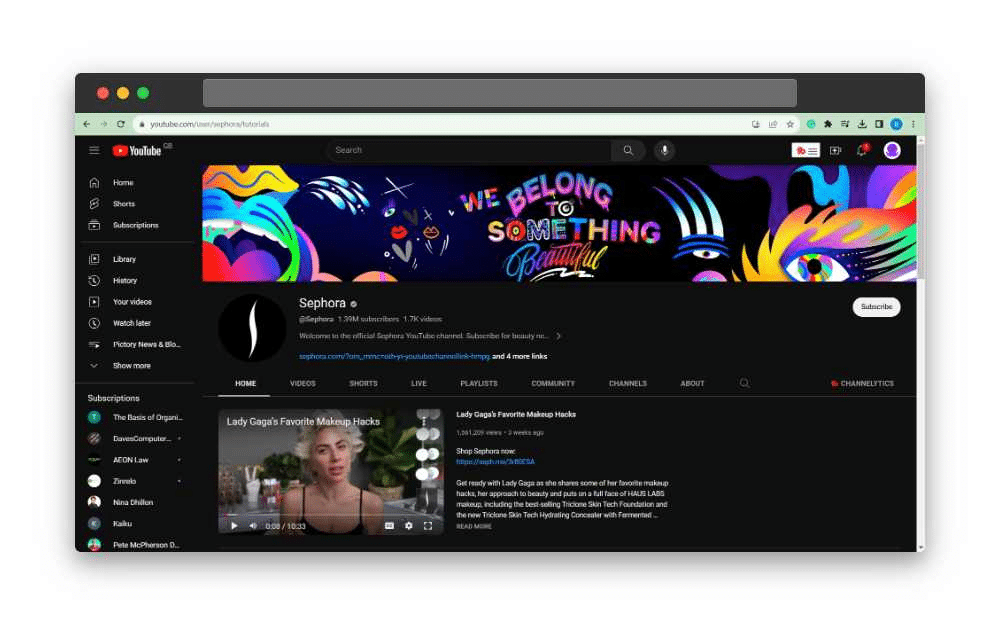
Video marketing, in the framework of their business, seems to be a tool to connect more with their target audience and to use expertise to help convince customers to buy products.
Don’t let the size of either of these companies fool you though – video marketing has a place in every kind of business, no matter the industry or the content marketing budget.
Here are 5 tips when it comes to video content creation that every business can apply:
Make Video Content Visually Engaging:
The success of online videos in a content strategy is largely dependent on how visually interesting it is.
With the doom scroll mentality and easy swipe functions of platforms like TikTok, watch time is a valuable and elusive content metric.
Great visuals, graphics, and editing are all important – that’s why using great editing software like Pictory AI is so important.
Repurpose Other Content into Video:
Did you know that it’s easy to turn a blog post or social media post into a video?
Instead of having to create content from scratch for videos, the right software can help you get double the value from your content marketing efforts.
Balance Short-Form and Long-Form Video:
Many content marketers are struggling to balance both shorter and longer videos, but at Pictory AI we make it so that you can do both with minimal effort.
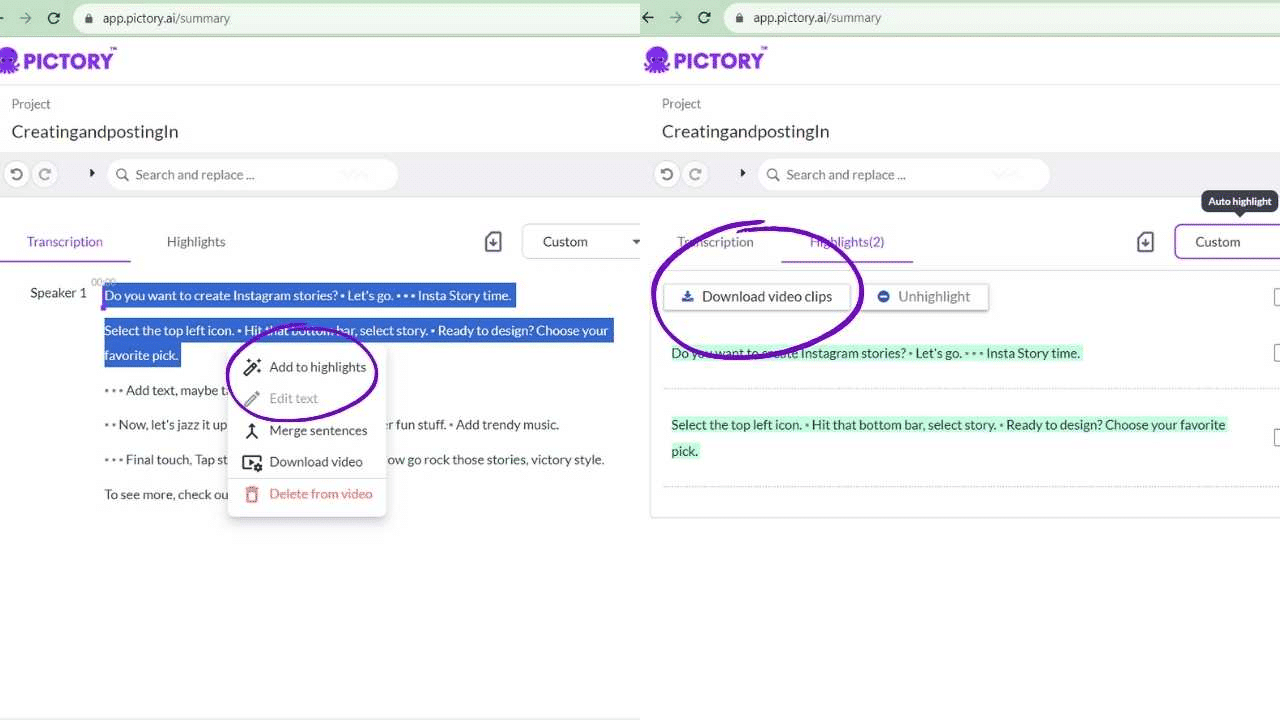
Turn longer videos into snappy, short content in just minutes with our auto-highlight feature so that brands can cross-promote content and switch between different social media channels more easily.
Don’t Forget Captions in Your Videos:
About 75% of people watch online videos on mute so don’t leave off the captions.
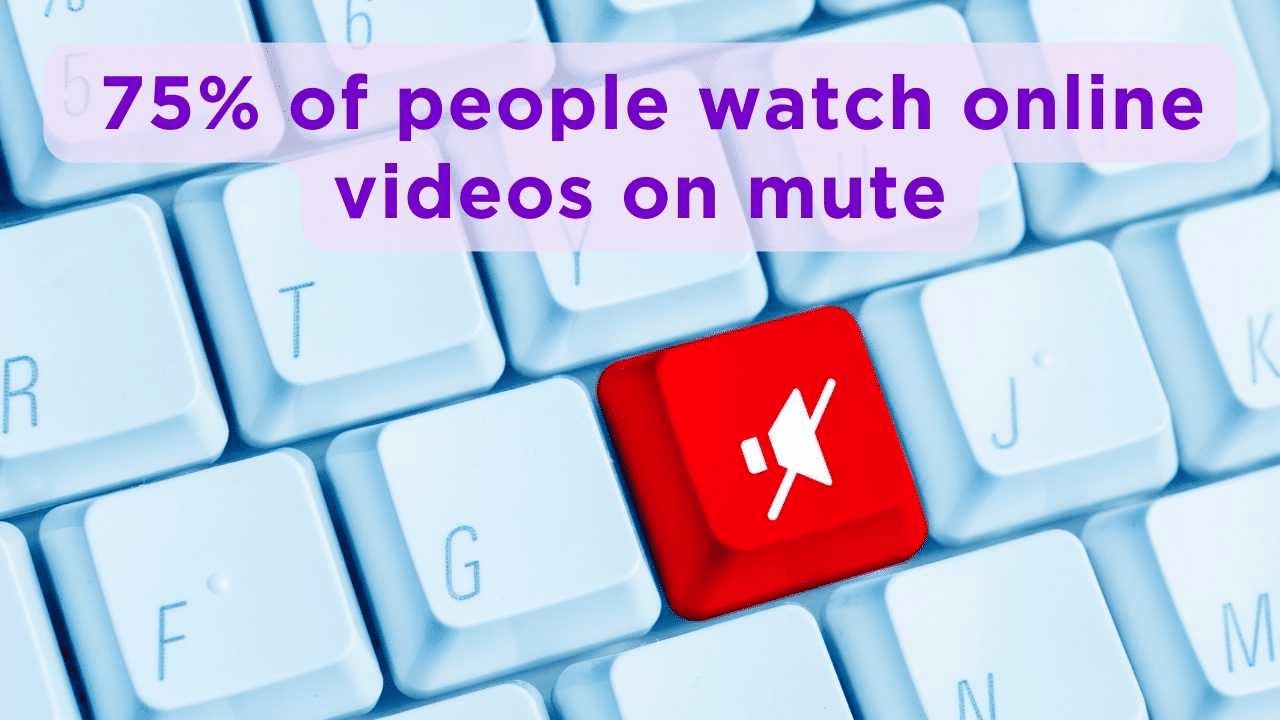
There are many ways to caption your videos, but Pictory can solve that problem for you easily with automatic captioning.
Use AI Editing Tools to Save Time and Money:
The resource-intensive nature of filming and editing videos is usually what stops businesses from taking advantage of this content marketing tool, but at Pictory, we offer an AI-powered editing suite that helps eliminate both of these problems.
It’s also designed to be a useful tool for content marketers and video creators of all levels.
Content Form #4 – Online Learning with eBooks and White Papers
Many don’t realize that online learning materials distributed by a brand can also be considered a form of content marketing.
These can take the form of simple how-to blog posts, or longer video courses.
It can even be as simple as the Pictory FAQs and tutorial pages that help users operate our editing software more easily.
Many businesses use white papers and eBooks to distribute this kind of online content marketing.
These are essentially downloadable documents that act as subject and knowledge guides and go far more in-depth than a Tweet or TikTok could.
An example of this in action is the surveys and reports that PWC shares each year which get referenced widely across the finance world.

Using downloadable documents to distribute the content makes them particularly useful for brands trying to target other businesses or corporate employees as they can be shared easily via email.
Here are some best practices when it comes to creating content in this sphere:
Share Valuable Information for Your Target Audience: “Valuable information” is a relative thing so make sure to share information that isn’t just useful in the context of your brand, but that will actively help your audience.
Use Graphics and Design Elements: A white paper or eBook still needs to have eye-catching design elements to engage readers.
Consider Combining the Material with a Course: Many businesses are taking their white papers and eBooks a step further by combining them with short, online courses that people can take.
These are particularly useful if you’ve found that there is a skills gap that has otherwise kept a certain customer base from being confident in using your business.
Content Form #5 – Free Tools
Free tools such as checklists, calendars, templates, etc. also count as a form of content marketing.
For example, Flowette, a women’s health brand has a free, downloadable period calendar on its website.
With the right branding, content like this can serve to connect brands more with their customers by helping solve a problem while also boosting brand awareness.
Content Form #6 – Podcasts
Podcast content marketing can occur in two ways, through features on a third-party channel, or on a brand’s own podcast.

Businesses like ZipRecruiter, Wix, and Sephora all run podcast series that use their central interests, be it cosmetics or web development, to connect with their audience.
ZipRecruiter’s “Rise and Grind” series is hosted by Shark Tank investor, Daymond John, and explores entrepreneurship tips while also drawing attention to the brand.
It hits the sweet spot of content marketing in being both promotional and informational.
Audio content still holds major marketing value, mainly because it can be consumed by people while they’re doing other things.
Here are some podcast content marketing ideas to consider:
Turn existing blog posts into podcast episodes.
Interview customers of your brand to discuss how they’ve used your product or services.
If your brand has an interesting founder or start-up journey, consider turning that into an audio series.
Look at your brand’s values or the subjects it’s most proficient on and see if there’s a theme there that a podcast could explore further.
Content Form #7 – Social Media Posts
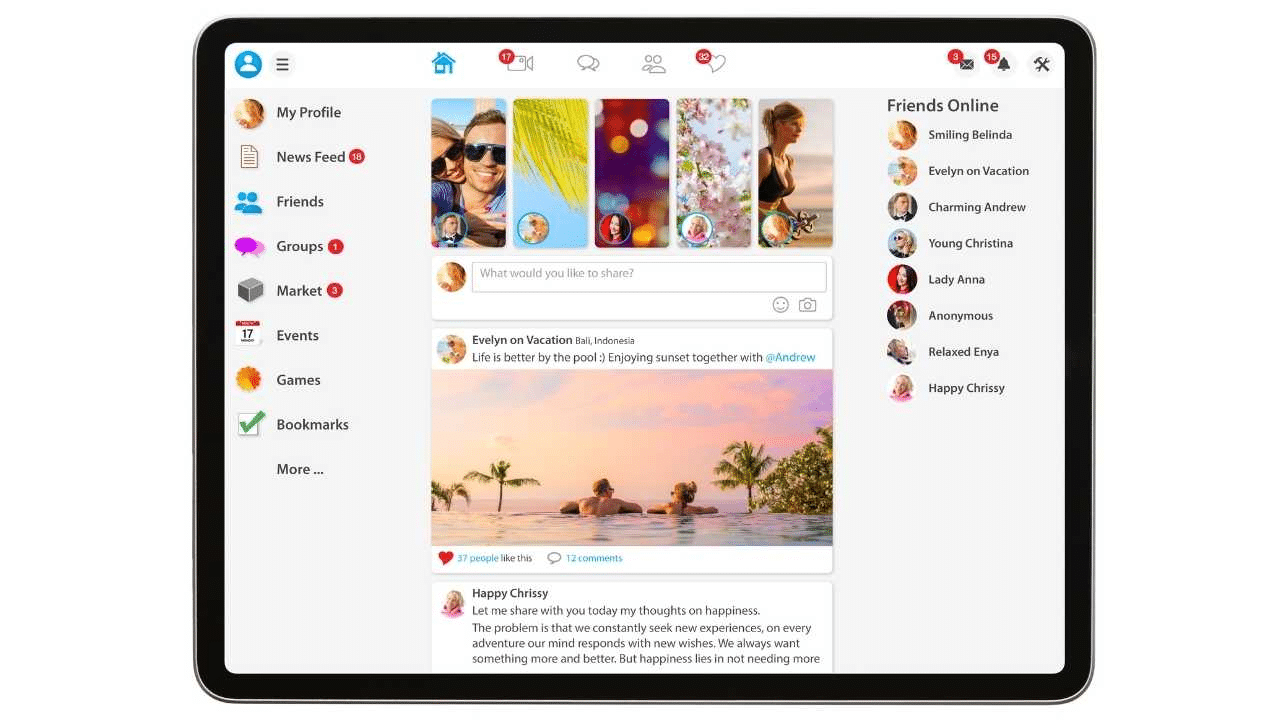
Content for social media is one of the most frequently used types of content marketing available.
It helps that it’s one of the few free tools available and can be effective even without the investment of paid advertising.
Brands like Deliciously Ella and many others have leveraged the sense of connection that social media provides with customers to build popular businesses without even having a marketing budget.
The main value of social media content marketing is that it offers a unique opportunity for customers and brands to engage directly with each other and build a true sense of community.
It’s largely what makes social media efforts so successful.
Social apps can help with generating more leads, boosting brand awareness, and finessing almost every step of the sales funnel.
Right now, though, here’s how you can make the most of content marketing on social channels.
Social Content Marketing Best Practices
Prioritize high-quality content: Good quality visual and text content online is the norm on social media and falling below it only draws negative attention to a brand.
If you’re struggling to create high-quality content for social media, it’s worth looking into AI art to assist with visuals.
Also, Chat GPT can be useful for the written side of social media marketing.
Pick your platforms wisely: Every social media channel has its benefits in terms of the different content formats that they promote and the audiences they reach.
It can be hard to know how to choose the right social platforms for your content marketing strategy.
Considering your business goals, customer personas, and brand voice are all important elements of this.
Create interactive content: Engagement on social media in the form of likes, comments, shares, and messages is far easier to attract if the content is interactive.
Consider adding questions, polls, and even giveaways to your content marketing plan to encourage your online audience to engage more with your brand.
Leverage the speed of social media: Within days of online creator Sabrina Bahsoon going viral on TikTok for her fun “tube girl” videos, Mac had already employed her for sponsored content.
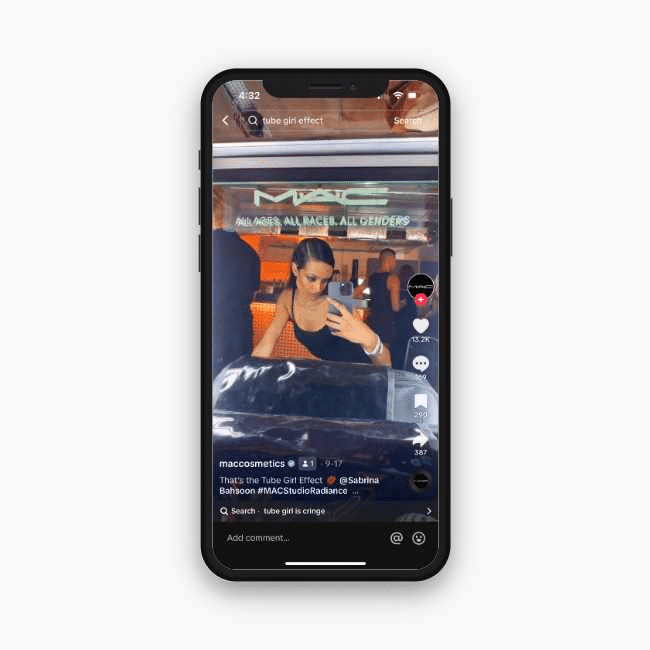
Social media works quickly, especially with trends, and being nimble enough to hop on them when they come around can make all the difference to the success of a brand’s content marketing approach.
“Likes” aren’t the only good metric: How many likes a post on social media receives is by no means the most important factor.
Other things to consider are lead generation, how much organic traffic posts help create, and whether your social media marketing is effectively supporting your broader marketing strategy.
Content Form #8 – Newsletters
Newsletter content marketing is one of the best ways to target previous site visitors and customers with personalized promotions.

And most newsletters tend to be action-focused.
Here are some easy ways to make sure your email content marketing efforts get the results you want:
Use an attention-grabbing subject line so that readers are encouraged to open and read the newsletter.
Add a personalized greeter to the start of the email.
Keep the content short and scannable by interspersing text with images.
Stick to a central product or theme for the newsletter. For example, many brands send out seasonal content.
Include a strong CTA.
Content Form #9 – User-Generated Content.
Though technically not its own content format, we could not write this list without including user-generated content (UGC).
This kind of content marketing can be shared through customer testimonials, reviews, or sharing content that users have organically made with a product.
For example, GoPro’s Instagram and YouTube channels mostly feature videos customers have made with their cameras.
This obviously saves the brand the effort of shooting the content themselves, indicating what a money-saver user-generated content can be.
It also acts as social proof of a brand’s reliability which customers tend to find very convincing.
At Pictory AI, we put customer reviews front and center on our site because we believe that ultimately, no one proves better what a game-changer our AI-powered editing tools are than the people who have used them.
Just make sure to always check with customers before sharing their content, especially on social media, and remember that you don’t have to wait for customers to create content – you can tailor your content marketing approach to encourage user-generated content.
GoPro and others regularly run competitions and other campaigns to incentivize UGC.
Content Form #10 – Influencer and Collaborative Content
Collaborating with online personalities and influencers in the way we mentioned that Mac recently did, can help extend audience reach and give added value to your overall brand image.
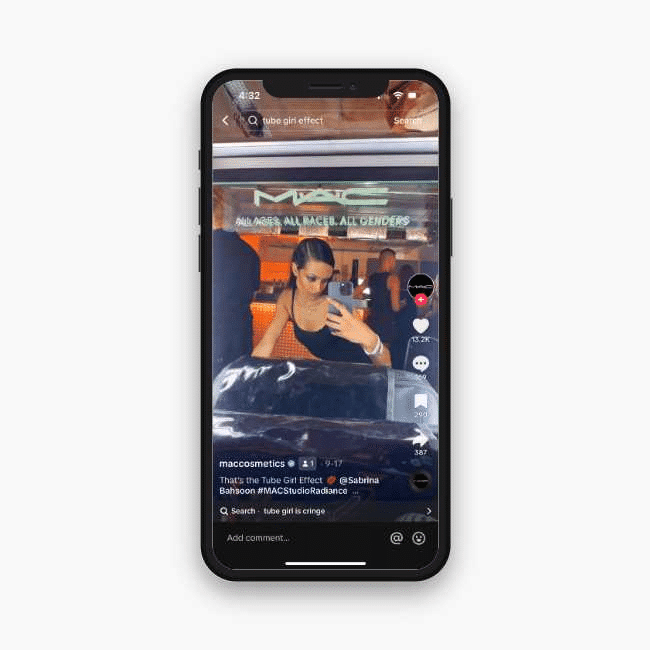
When it comes to creating this kind of content, here are some best practices:
Make sure that your business is something that will resonate with the audience demographics of the online creator or brand you’re partnering with.
Consider all the collaborative options – from a single paid post to longer ambassadorships.
Don’t just look at influencer follower sizes.
There are plenty of influencers with millions of followers but comparatively low engagement whereas many smaller accounts tend to have better results with customers.
Quick Tips on Creating a Content Marketing Strategy
When putting any of the types of content marketing approaches and formats mentioned thus far into a strategy, there are a few key things to keep in mind:
Content Goals
Content should be built around business goals, not the other way around.
When it comes to choosing platforms, formats, etc., consider the ultimate goal you’d like the content to achieve and then tailor it from there.
Target Audience of Your Content
Every brand needs to have a clearly defined audience in order to shape the tone, style, and placement of its content effectively.
Multiple Content Types and Platforms
To maximize reach, make sure to use multiple platforms and content types.
Blog posts alone can’t build a business, but neither can Instagram posts. Using these things in conjunction, however, can yield incredible results.
Keywords and Hashtags
Use tools like Google Trends to research relevant keywords and boost the SEO of your blog posts, but don’t forget that hashtags are similarly important for social media.
Consistency in Your Content Strategy
Consistent posting and content creation are crucial for maintaining lasting visibility online.
To help ensure this, create a content calendar that plans out everything from the upload dates for your content to the platforms it’ll be shared to.
The Most Effective Content Marketing Forms for YOUR Business
From newsletters to blog posts, we hope we’ve given you enough information in this article to show two things: firstly, the value each of these content formats provide, but also that you need only use the ones that make sense for your particular business.
Even picking just two or three from the list provided will help set your business up for success.
In fact, focusing on fewer formats but doing them well often pays off.
No matter what content marketing tools or types you use, just make sure it fits your business goals and the kind of audience you’re trying to target.
That’s what matters most when building a successful content marketing strategy.
When it’s time to build your video content marketing strategy, Pictory is the online video editor you need in your arsenal.
No bulky software download. No expensive freelancers. No video editing experience needed.
Just quality video content that will convert users fast.
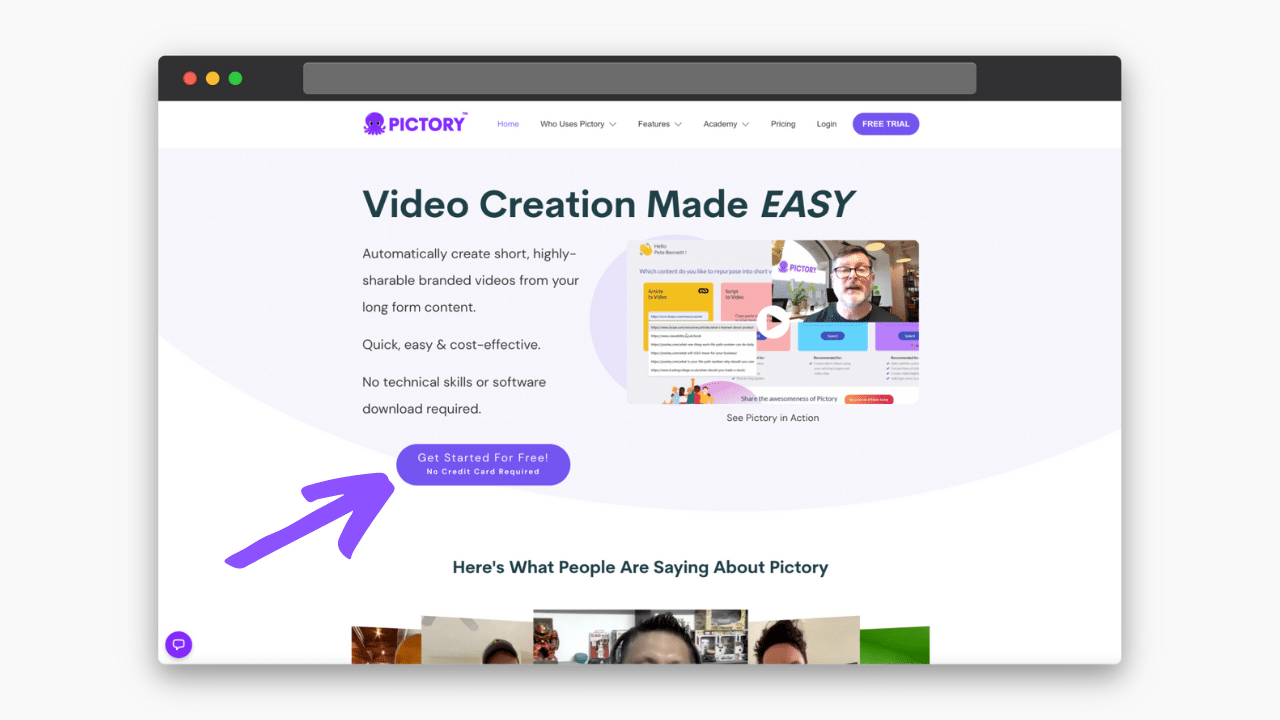
Sign up for Pictory today for 14 days of risk-free content creation to kickstart your video marketing strategy.

